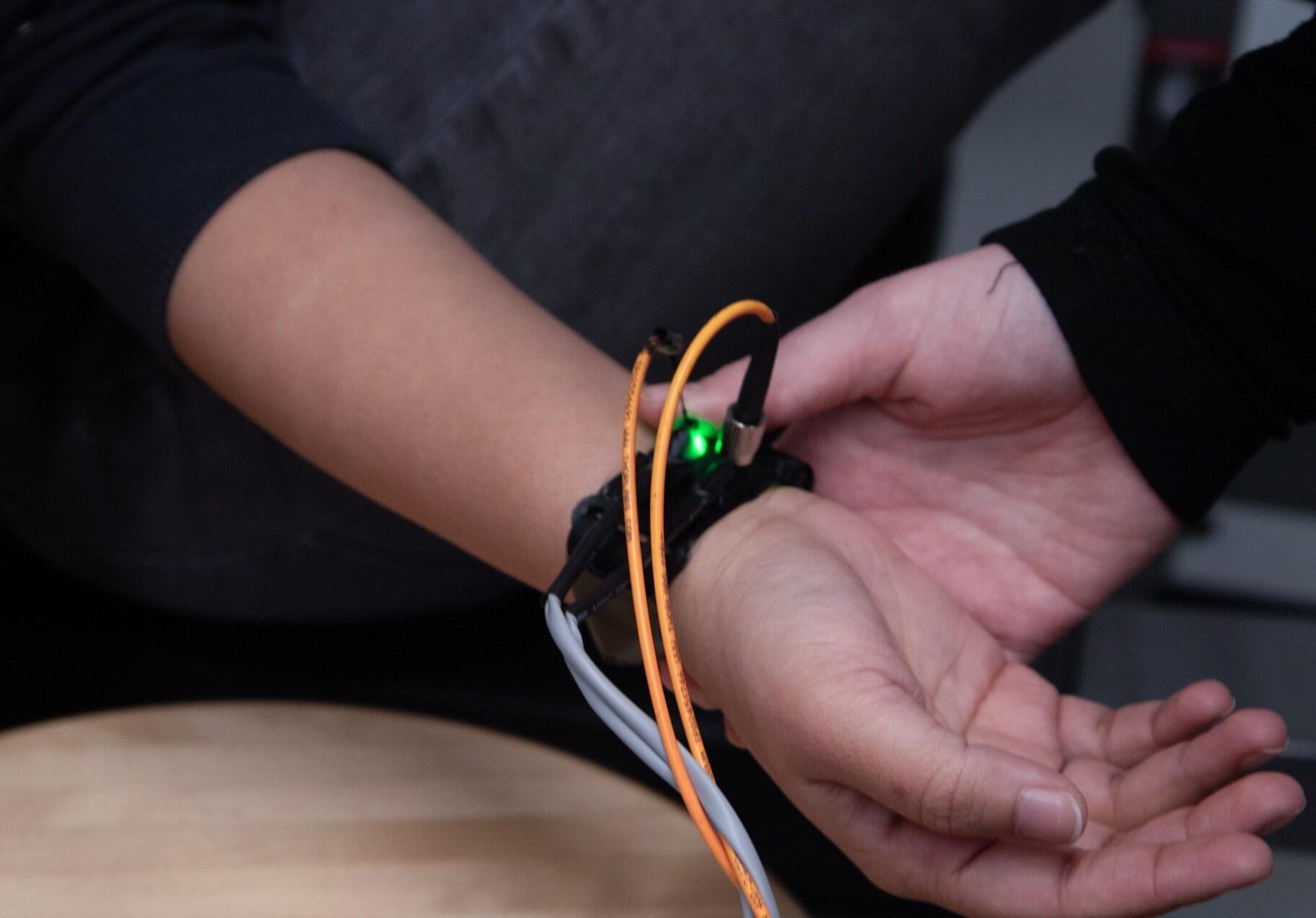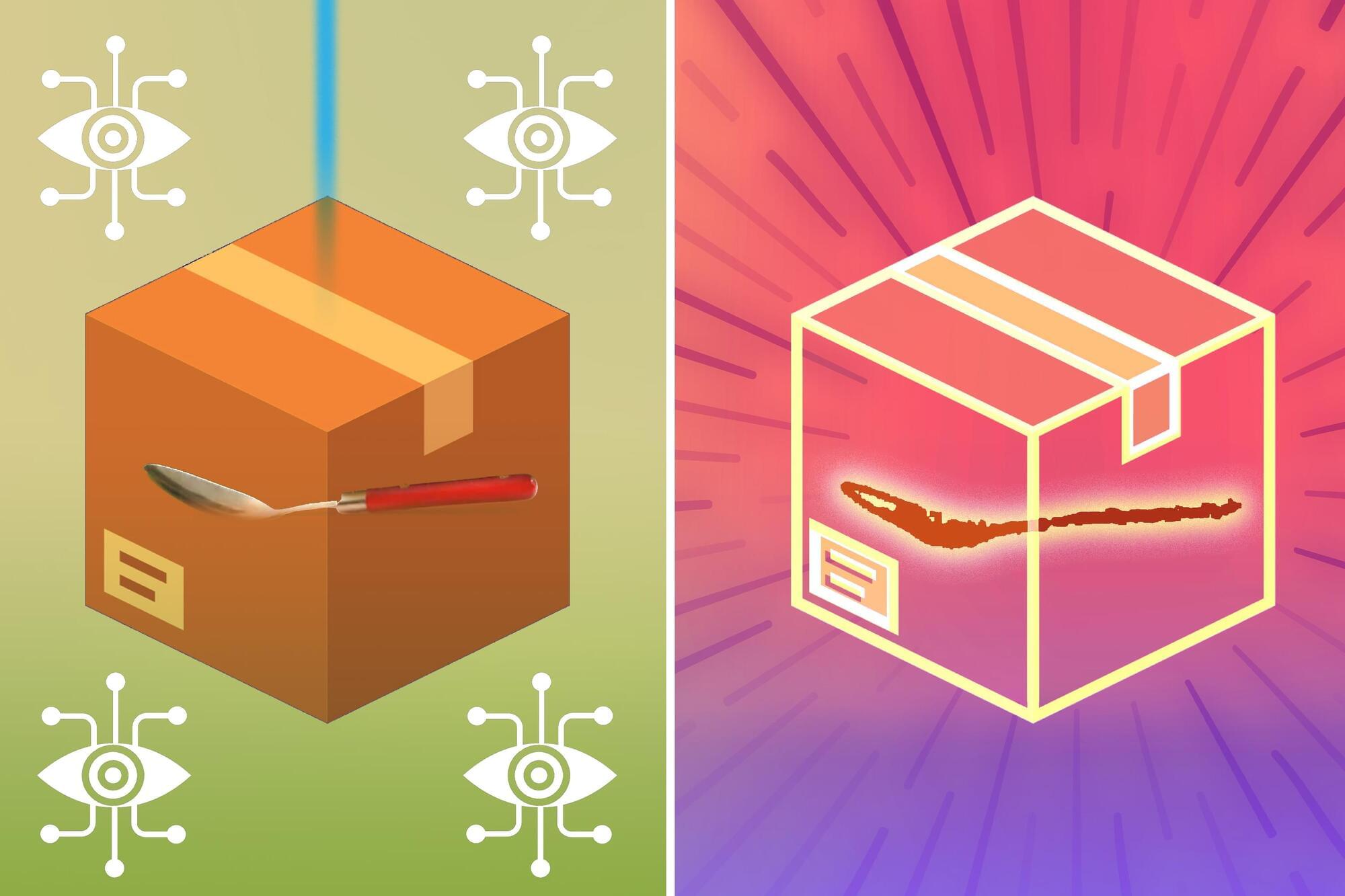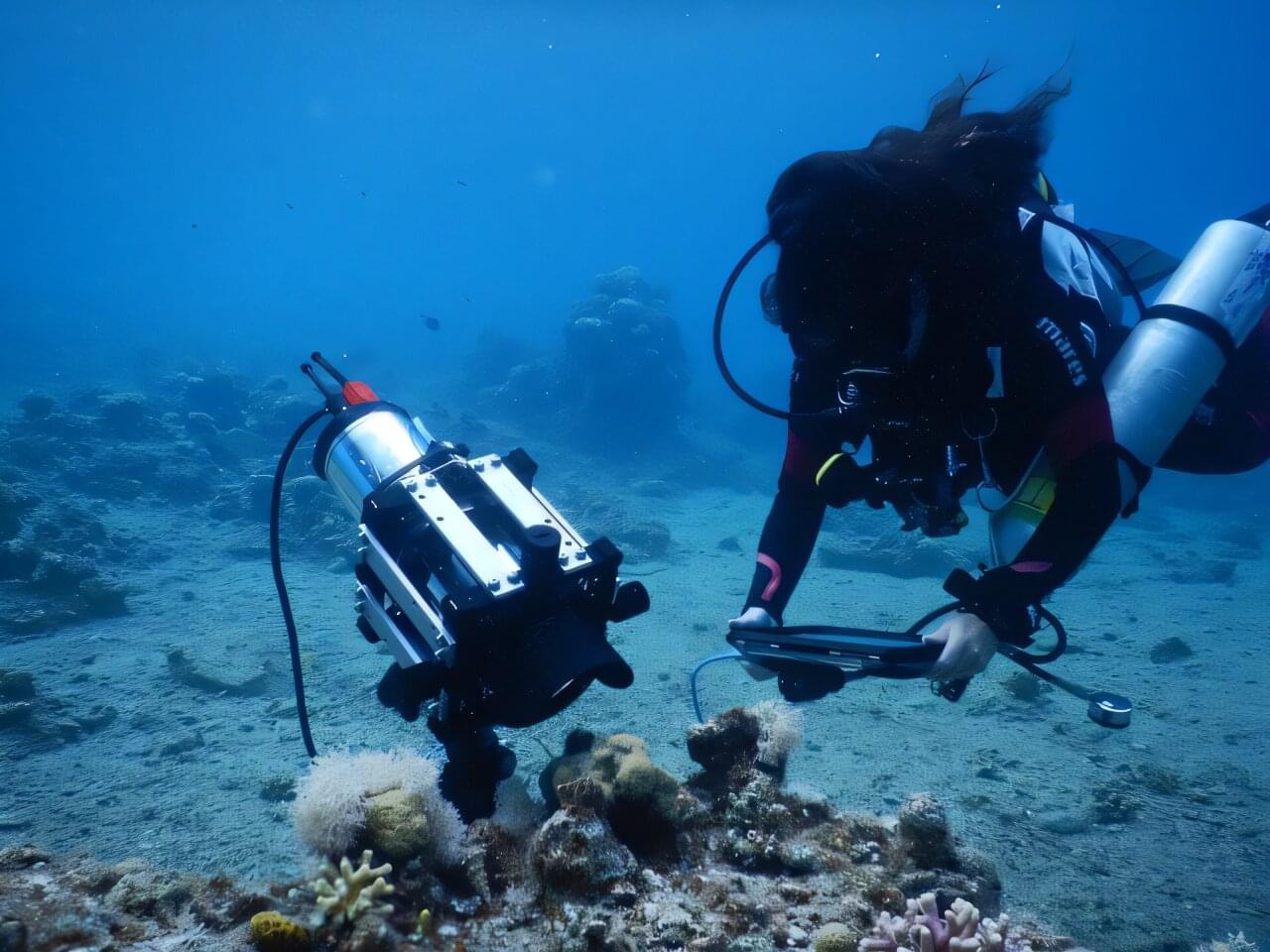The Spanish police have arrested two individuals in the province of Las Palmas for their alleged involvement in cybercriminal activity, including data theft from the country’s government.
The duo has been described as a “serious threat to national security” and focused their attacks on high-ranking state officials as well as journalists. They leaked samples of the stolen data online to build notoriety and inflate the selling price.
“The investigation began when agents detected the leakage of personal data affecting high-level institutions of the State across various mass communication channels and social networks,” reads the police announcement.





